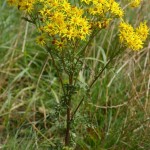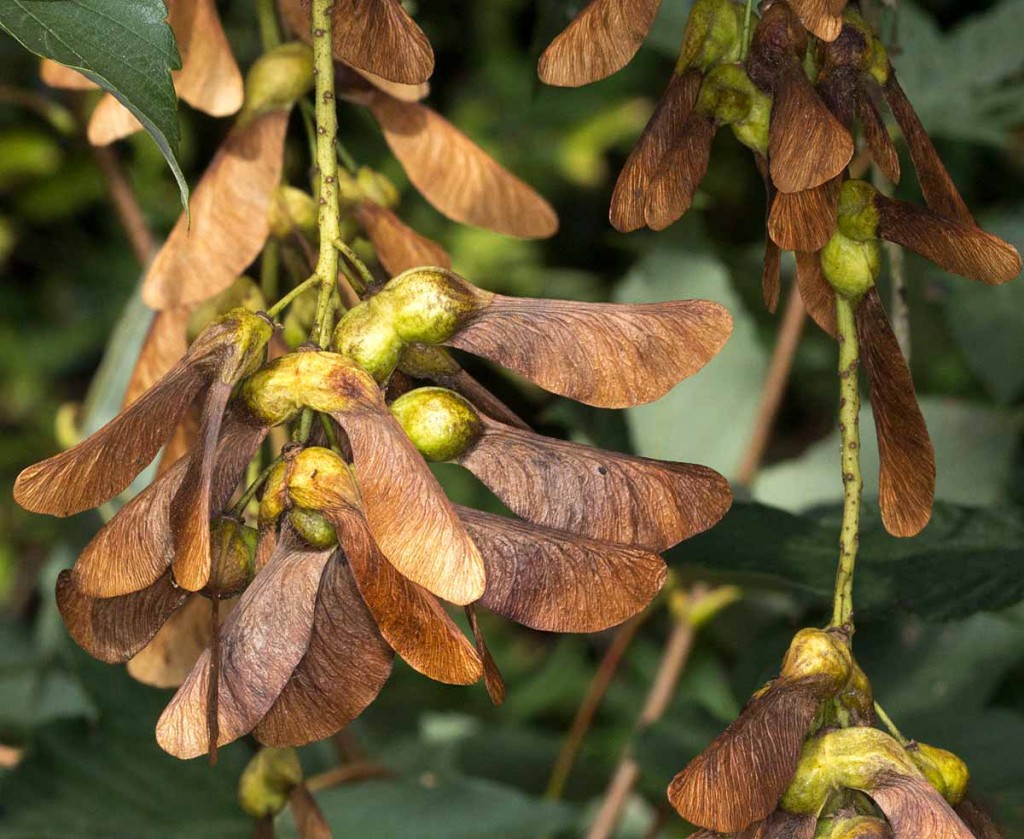Paraic Horkan of Horkan’s Garden Centre warns horse owners to protect their animals from seeds and leaves this Autumn.
Sycamore trees have produced an enormous crop of seed this Autumn—Paraic Horkan is warning all horse owners of the risk of poisoning this winter from sycamore seeds after an outbreak of equine atypical myopathy caused by horses eating sycamore seeds has claimed the lives of more than thirty animals across Ireland.
Paraic is warning all horse owners of a surge in cases of the potentially fatal disease linked to horses ingesting the toxin hypoglycin found in sycamore seeds and leaves which are informally known as helicopters because of the way winged sycamore seeds are caught by the wind and dispersed away from the mother tree.
Scores of Irish horses are dying from a rare illness linked to the toxic sycamore seeds which are ripening now and falling to the ground. The number of cases of little-known equine atypical myopathy has reached record levels, this year due to the high levels of sycamore seeds produced after the perfect summer conditions.
There is no known cure for the illness, which weakens a horse’s muscles so it struggles to breathe and then dies of a heart attack. It is fatal in around 75% of cases. Scientists believe the horses are being poisoned by eating sycamore leaves and the tree’s distinctive helicopter seeds which are falling now and form a source of poisoning to feeding horses.
The sycamore maple is a large deciduous tree that reaches 20–35 m (66–115 ft) tall at maturity, with a broad, domed crown. On young trees, the bark is smooth and grey but becomes rougher with age and breaks up in scales, exposing the pale-brown-to-pinkish inner bark.
Paraic recommends that In grazing paddocks sycamore seed and leaves should be raked up in November to help reduce the opportunity of poisoning or as a minimum the trees and surrounding areas are fenced off until next summer.
Paraic can be contacted on 0876779704 or email [email protected].
- Sycamore trees are producing their seeds at the moment in huge numbers after the great summer—BUT more than thirty Irish horses have died this year due to eating sycamore seed, commonly called helicopter seed. The risk period is in the Autumn as fresh sycamore seed falls to the ground—This is the right time for horse owners to rake up and remove sycamore seeds from paddocks.





